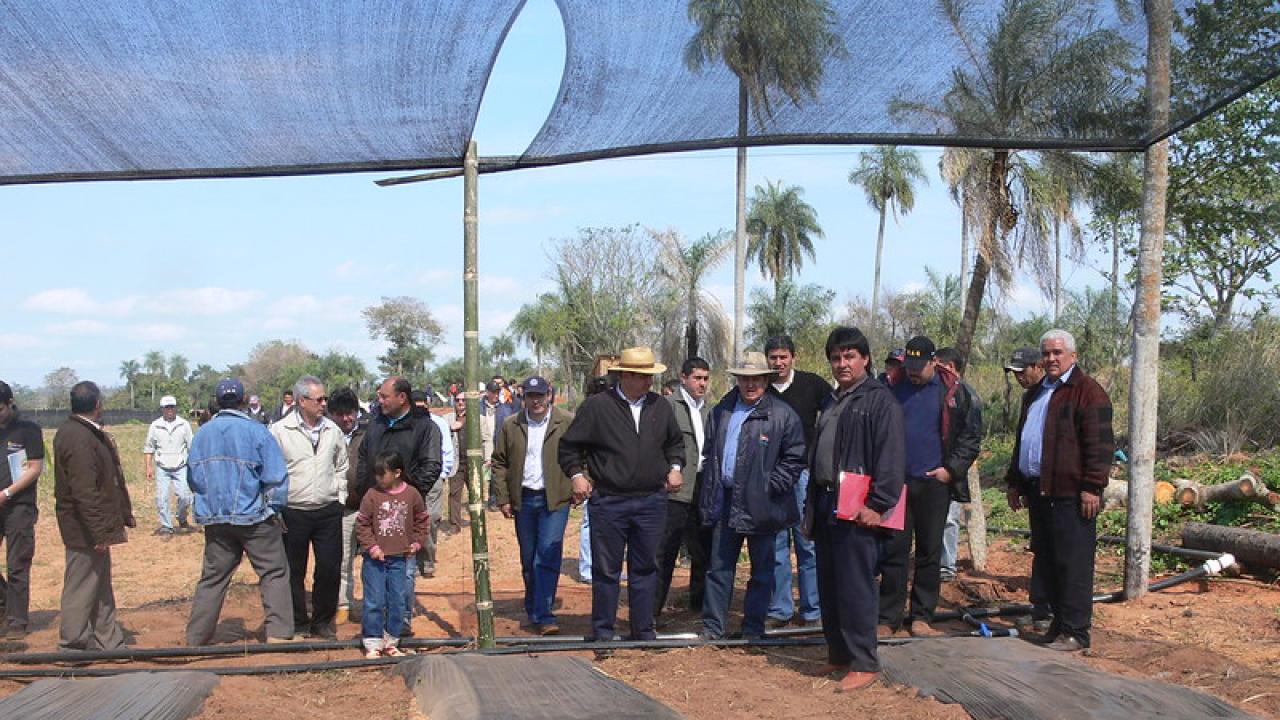
After a difficult period for many Paraguayan companies, where financing levels have increased, margin reductions are presented as another latent risk.
Rarely considered in the news about inflation and CPI is the Producer Price Index (PPI), which is the measurement of how the rise in input prices affects the different sectors of production.
The PPI, prepared by the Central Bank of Paraguay (BCP), is divided into domestic and imported products.
If we consider the general index, cost inflation for companies as a whole since the beginning of the pandemic has been
27.7%, the peak was reached in March 2023, when total inflation reached a value of 31.1%.
In the last year, however, we have seen limited inflation that reached only 1.5%. Both indices, local and international, show a
similar behavior.
Thus, the index of national products has had an increase of 30.2% since the beginning of the pandemic until March of last year, while the index of products
The share of imported goods has risen by 24.7% in the same period. Both indices have also moderated their growth in the last year, with the national index increasing by 1.8% and the index for imported products increasing by 1.2%.
In both domestic and imported products, the most affected sector has been the agricultural sector, where the increase has been 32.1% for domestic products and 44.7% for imported products, but at the peak in March 2023 it reached 76.7% for domestic products and 46.7% for imported products.
However, in the last year, domestic products have fallen by -2.3% and there was a small increase in imported products of 0.2%.
Agricultural costs in general have increases that accompany the prices of the final product
Inflation in production
Not only the pandemic, which generated an extraordinary demand for food, but also the war in Ukraine increased the prices of almost all agricultural products, also affecting above all the costs of agrochemicals and fertilizers. It is important to note that a large part of these products are priced in dollars, especially for agriculture.
mechanized.
Rising costs and falling final prices are seriously compromising the break-even points in agriculture, especially in those areas that have already been experiencing several deficit campaigns due to the drought, as is the case of San Pedro.
If we look at the level of livestock inputs, which generally use local inputs, the total increase since the beginning of the pandemic has been 38.1%, with an increase that has continued in the
last year of 2.1%.
The sector has had stable prices in dollars during this period of time, so this increase in costs has directly affected the returns of the activity.
For the industrial sector, the supply of metal products, machinery and equipment is essential. Prices of these have increased locally (23.4%) more than the international level (19.5%), but have been adjusted little in the last year with a slight decrease in local prices of -0.1% and an increase in international costs of around 2.6%.
The largest adjustments due to the pandemic are essentially due to the disruption generated in the supply of products worldwide by the pandemic, which generalized the global inflationary situation, but which has been normalizing over the last year.
More expensive production for the entire industry An important situation is the fact that prices that rose with the pandemic have not returned to their previous situation, generating more expensive production in all areas.
It is clear that when we talk about inflation we are referring to price increases, and a halt in inflation does not imply a reduction in the price level, but rather that they stop increasing.
The general rise in costs in practically all sectors, especially in intermediate articles, impacts the margins generated in the different industries.
After a difficult period for many Paraguayan companies, where financing levels have increased, margin reductions are presented as another latent risk.









